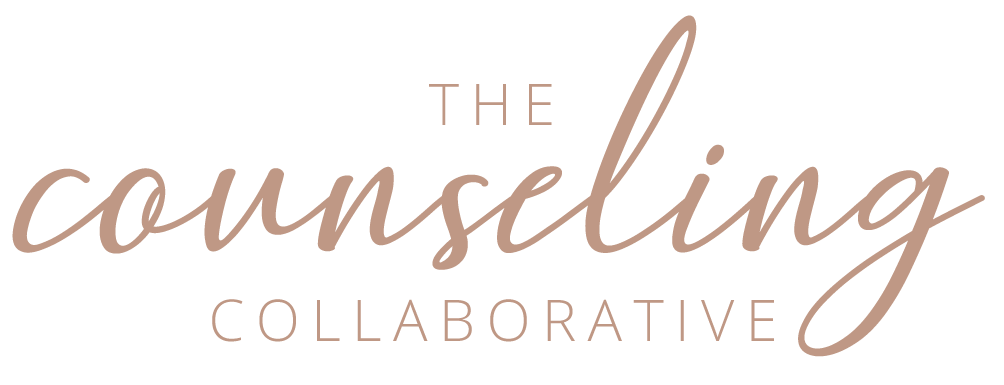Is the risk worth the reward? Uncovering the benefits of vulnerability.
While there are many different instances in which we can feel vulnerable, today I want to explore the urge to avoid feelings of vulnerability and how these actions can act as a barrier to connection. Without thinking there are often moments in which we deny the opportunity to be vulnerable with others. For example:
“How are you doing?”
“- Good, how are you?”
While maybe sometimes it isn’t the appropriate moment to go into the details of our current mess, there are also moments in which we are denying not only others but ourselves, the opportunity of connection. Something in us feels that to protect ourselves, we need to avoid letting others in on our emotional experiences, our weaknesses, and especially our insecurities. Maybe this comes from living in a society that has categorized emotions into “good” and “bad”, or maybe it’s the remnants of what our ancestors left behind. Regardless of what it is, we are now left with the challenge of learning how to slow down, actively listen, and conversate, all while our body is telling us to keep our guards up.
How do we listen to what our body is saying, while simultaneously attempting to overcome these instructions? This is why vulnerability feels so risky and, I would argue, why vulnerability feels so complicated. The risk is the potential of losing control over our intimate information, while the complication is the process of learning to deny our intuition.
Vulnerability is the gateway to connection, trust, intimacy, personal growth, overcoming shame, fear and so much more. While we often are aware of what we stand to gain, we aren’t always aware of how to actually do it.
Here are some baby steps into opening up:
Identify what you want to share
Vulnerability first requires an understanding and curiosity about your own emotions, experiences, and insecurities.
Make space to reflect and provide curiosity about your own experiences, thoughts, and feelings. It is hard to share with others what we haven’t explored ourselves.
Identify who feels safe to share these things with
We can identify if someone is the right person to be vulnerable with if they are someone who often provides empathy and approaches situations with a non-judgemental stance.
Additionally, we can identify who the right person is based on who we are attempting to strengthen a relationship with.
Identify why you want to share these things with them
There is no “right” reason to want to share our experiences with others, but being intentional about what we’re sharing and why, can reduce the anxiety we are experiencing because then the task and risk no longer feels aimless.
Is it to build trust and intimacy with a specific person, grow personally by overcoming shame, connect with others over shared experiences, to feel more human or more seen?
Identify when and where you would feel the most comfortable to discuss these things
Maybe it feels best if you are in the privacy of your own home, or a public shared space. Again, there is no “right” answer, the right answer is the space that feels the most safe for you.
Vulnerability can feel scary given we are sharing intimate details into our own lives. Maybe we even fear that after sharing, we lose control as to who is in possession of our information moving forward. Being intentional as to who and why we are sharing this information can assist us in reducing this fear and allow us to attempt to engage with others in a more personal way. Remember that the risk is big, but the potential reward is bigger.
Challenge: Can you identify a baby step into safely engaging with vulnerability this week?

